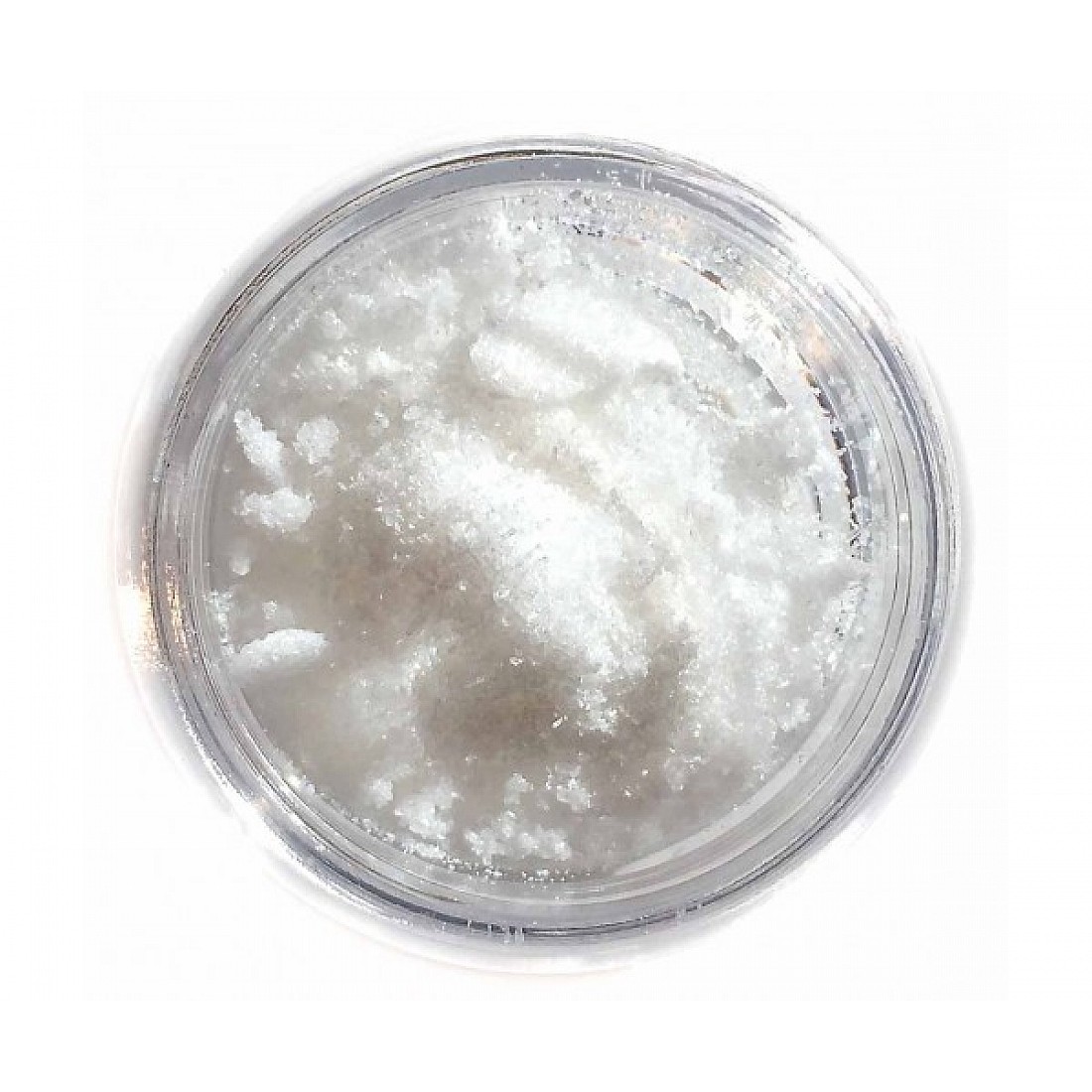The Glock 17L slide is often the first upgrade an accuracy-focused shooter considers when building a competition or precision-oriented pistol. The longer slide profile paired with an extended barrel offers a different balance and handling feel than standard-length options. Many shooters find that swapping to a longer top end changes the way the gun points and tracks, and for those willing to tune sights and controls the payoff can be significant. For anyone looking to push precision from a polymer platform, the Glock 17L slide becomes part of a larger plan to extract every bit of consistency from the system.
Design and fit
When installed, the Glock 17L slide should mate cleanly to the frame, preserving the factory tolerances and ensuring reliable cycling under a variety of loads. Fitment matters more than cosmetics for competitive use; a slide that drags or requires excessive fitting will never deliver repeatable lockups. A properly machined Glock 17L slide maintains centerline alignment and minimizes play, helping the sights return to the same place after recoil. Optics-ready cuts on the top of the slide allow modern reflex sights to be mounted without complicated gunsmithing, but careful attention to mounting footprint and spacer plates remains essential for consistent zero.
Barrel and profile
Extended sight radius, the longer barrel offers, is a mechanical advantage that translates to better sight alignment and reduced angular error. At the same time, the slide’s length changes reciprocating mass and can slightly alter perceived recoil impulse. For many competitive shooters those changes are welcome, because they smooth out shot-to-shot transitions and reduce the amount of compensation required between strings of fire. The combination of barrel harmonics and slide mass must be considered when pairing springs and guide rods to reach the optimal balance for a given shooter and ammunition selection.
Performance and accuracy
Shooters report that the Glock 17L slide improves sight radius in a way that makes small sight picture errors less costly at typical competitive ranges. The extended profile reduces muzzle rise in practical terms because sight picture recovery happens faster, which matters when seconds and fractions of a second count. The mechanical benefits are subtle but measurable: smoother follow-up shots, more precise transitional shots, and a more forgiving platform for shooters who value minute consistency over raw speed. After tuning springs and sights, many find that overall groups tighten and confidence in fast accuracy grows.
Recoil management
Recoil is not eliminated by length alone, but the distribution of reciprocating mass and the longer sight radius make it easier to manage. This removes a layer of variability for the shooter, which is ultimately what creates repeatable accuracy. Fine-tuning the internals, such as selecting the correct recoil spring weight and ensuring the barrel locks up consistently, will allow the slide and barrel ensemble to perform at its best.
Durability and maintenance
Materials and finishing processes matter when a slide sees extended use in competition or training. A quality slide undergoes proper heat treatment and receives a finish that resists wear and corrosion without introducing grit or flaking. Routine maintenance is straightforward: regular cleaning to remove powder residue, inspection of wear areas, and periodic lubrication of contact surfaces keeps the top end functioning as intended. Owners tend to appreciate the longevity of a well-made slide and how predictable service intervals lead to predictable performance on match day.
Maintaining the correct surface finish prevents excessive friction and helps the slide cycle consistently over tens of thousands of rounds. This reliability is part of what makes extended slides attractive to serious shooters — the hardware must be able to endure sustained strings of fire without losing precision or introducing inconsistency.
Customization and competitive edge
Custom serrations, porting, and lightening cuts are common cosmetic and functional modifications that tailor the slide for a particular shooter’s needs. These changes can reduce weight in strategic areas, improve purchase for manipulations, and provide better ventilation to cool the barrel during heavy strings. Even finer changes, like scalloping to clear the sight footprint or adding anti-glare treatments, are small upgrades that add up when margins are tight in competitive environments. For competition, pairing the slide with a well-chosen red dot and matched holster system completes the package and allows the shooter to exploit the mechanical advantages of their build.
Beyond hardware, practice and skill remain the decisive factors. The hardware simply removes avoidable inconsistencies: the shooter must still train to translate the mechanical benefits into real-world speed and accuracy gains. That said, the right top end does reduce the number of variables under stress and makes it easier to reproduce ideal performance during competition.
Final perspective
Choosing a longer top end is a deliberate step toward a specialized firearm rather than a universal improvement; it trades a touch of concealability and compactness for precision and a more stable sight picture. For many precision shooters the trade is worthwhile, because the resulting ergonomics and sight radius allow for more exact aiming and better follow-up control. When combined with careful tuning and quality components, the upgrade can raise a shooter’s baseline accuracy and make competitive shooting more consistent. The extended slide solution has proven itself in multiple disciplines, and for those focused on precision it represents a logical, performance-oriented direction.



